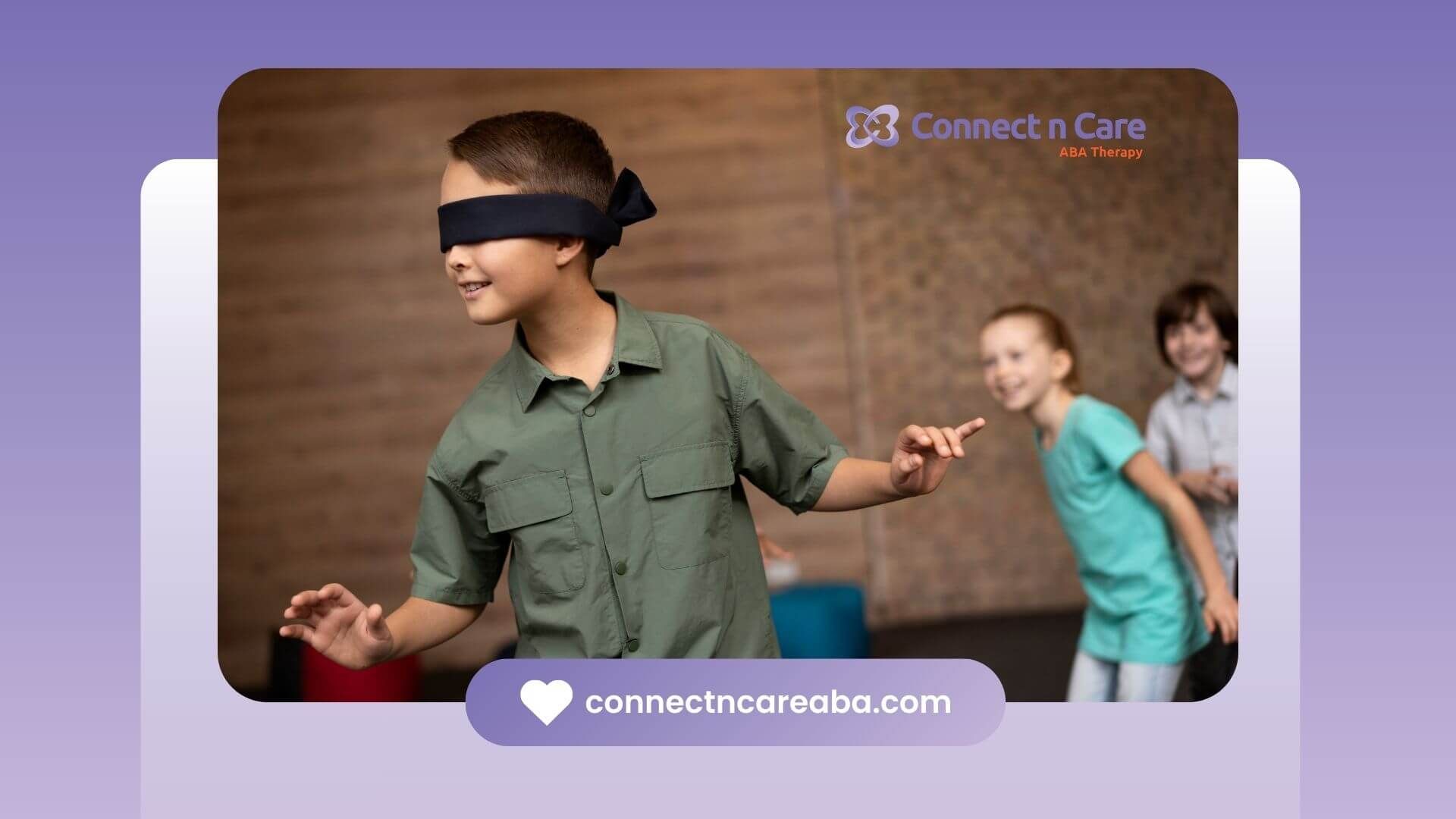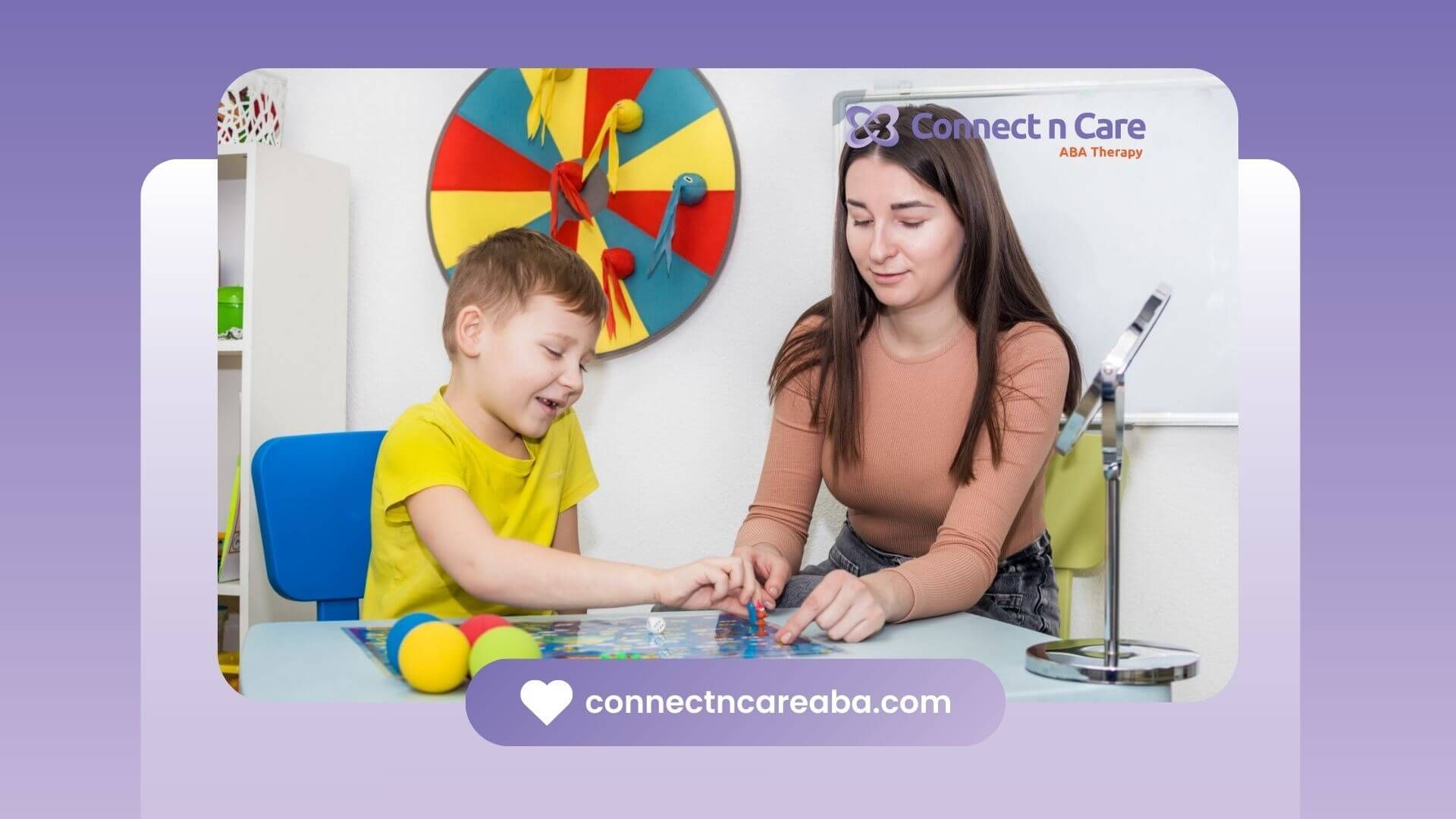If you’re wondering whether in-home ABA therapy works, the short answer is yes — for many children, it can be highly effective. It combines evidence-based ABA principles with the comfort and familiarity of home, which can help children learn faster and generalize skills to real-life situations.
Why In-Home ABA Can Be a Game Changer
- Familiar environment: Children often feel more at ease at home, which can reduce anxiety and improve participation.
- Family involvement: According to the Autism Society, parent participation is one of the strongest predictors of progress in ABA therapy.
- Individualized learning: The therapist can address real-life challenges — from mealtime routines to social interactions — as they happen.
A study published in the Journal of Autism and Developmental Disorders found that children receiving early intensive ABA saw significant improvements in communication and adaptive skills within 12 months.
While not all progress is tied to location, researchers note that practicing skills in natural settings can increase retention and independence.
Dr. Catherine Lord, a leading autism researcher, explains:
“Skills learned in environments where children are most comfortable tend to stick better and transfer more easily to everyday life.”
Connect n Care ABA provides in-home ABA therapy across North Carolina and Virginia.
We also offer
school-based ABA therapy to support learning in educational settings. And for structured, focused programs, they provide
clinic-based ABA therapy.
Get started today — contact Connect n Care ABA to create a personalized plan that fits your child’s needs.
FAQs
1. How many hours of in-home ABA are recommended?
Most programs range from 10–40 hours a week, depending on the child’s goals.
2. Is in-home ABA suitable for all children?
It works well for many, but some children may thrive better in a clinic or mixed setting.
3. Can parents be involved in in-home ABA?
Absolutely — parent participation is encouraged and linked to better outcomes.
Sources:
- https://pmc.ncbi.nlm.nih.gov/articles/PMC9458805/
- https://pmc.ncbi.nlm.nih.gov/articles/PMC6834806/
- https://www.autismspeaks.org/applied-behavior-analysis
- https://www.autismparentingmagazine.com/aba-therapy-activities-guide/
- https://link.springer.com/article/10.1007/s11920-024-01552-x









